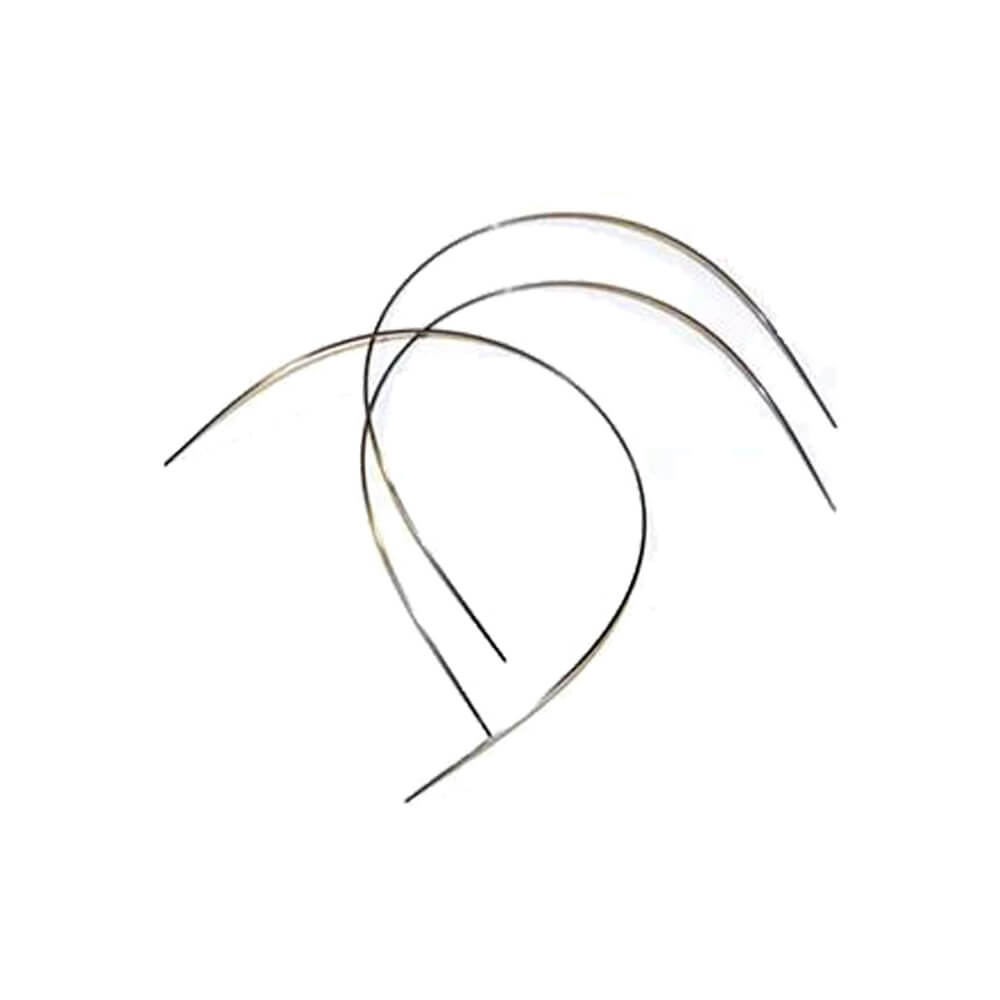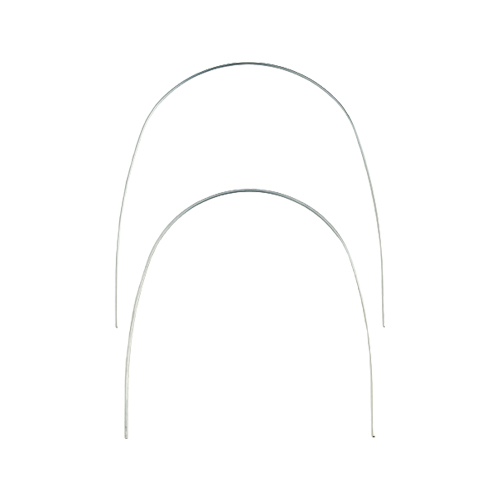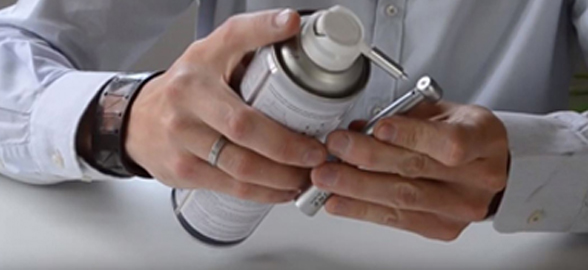What do you already know about orthodontic archwires? As professionals in the dental industry, it is important we better understand these elements that make up the active part of the brace appliance. Without them, teeth wouldn't be able to move into the desired position! In this article you will discover types, classifications, materials and much more about these materials - Let's get started!

What is the purpose of the orthodontic archwires?
Orthodontic archwires are elements that refer to the wires that join the brackets, or dental appliances that are placed on the teeth, in order to progressively correct their alignment.
The function of orthodontic archwires is simply to exert the necessary force to move the teeth into the optimal position: they store energy, which is released in the form of stimuli that affect the periodontal ligament. What does this cause? A series of changes at biological, chemical, molecular and cellular levels that cause the teeth to move.
It is undoubtedly a very important part that must have certain properties in relation to:
- Rigidity
- Strength
- Load/deflection curve: used to analyse the behaviour and characteristics of the wires
Types of orthodontic archwires and classification
For the orthodontic archwire to do its job properly, it must fit perfectly. In this respect, there are different classes, which are defined by cross-section, composition, thickness and material, among others. We'll explain the main ones below.
Arch
The clinical arch is shaped by tracing the slots of the dental appliance. It is determined by the type of archwire you use and can modify the patient's anatomical arch. It should be noted that each brand has its own divisions, but, in general, they all try to adapt to the geometrical shapes described by Chuck in 1934:
- Narrow: characterised by a narrower intercanine width. This shape is ideal for patients with very narrow arches, those whose canines and premolars have gingival recession or in cases where only one arch is being treated.
- Square: This is recommended for patients with wide arches who require straightening of the lower and posterior segments. It is also useful for expanding the upper arch.
- Ovoid: The ovoid is the most commonly used arch form. It leads to minimal relapse and offers great stability.
Thickness
The thickness is also a determining factor in the types of orthodontic archwires! What's the usual sequence of orthodontic archwires? Generally, in this type of dental treatment, you first start with thin flexible archwires and then use a sequence of thicker archwires. When this stage is complete, you move on to rigid archwires.
It is common to start with thinner wires, as the forces they produce are lighter. Then, progressively increase the thickness as the desired position is reached and the patient's tissues become accustomed to the tension.
Material
The material used is another factor that influences the performance of the archwire. Usually, metal alloys such as those explained below are used. Pure materials are flimsy and not very durable, so they are mixed with other materials to achieve the best properties.
- Stainless Steel: rigid arches are usually made of this material. Some of its advantages are: ease of handling, does not corrode in the mouth, exerts a controlling force on the teeth.
- Nickel Titanium (Ni-Ti): This is the most widely used material in orthodontics today due to its amazing properties. The main characteristic of this modern combination is its elasticity.
- TMA (Beta Titanium): is nickel free, making it a great option for your patients who may be allergic to this material. These archwires have a medium hardness between NiTi and steel.
It should be noted that, being rigid, these archwires do not flex when force is exerted on them, but remain deformed. Although the dental changes they produce are less evident than those of elastic archwires, their use is vital for detailing the position of teeth and roots.

Another of its qualities is its ability to return to its original shape; this is known as a material with memory. Did you know that NASA uses NiTi in certain components to travel to Mars? Incredible! The NiTi Reverse alloy is a high quality alloy with a reverse curve. They provide uniform, continuous strength and twice the resistance that can be achieved with stainless steel, which accelerates tooth movement.


Finally, it is important to mention two different typologies: aesthetic orthodontic braces and lingual braces. For aesthetic ones, there is an aesthetic line available in both NiTi and stainless steel. These archwires are painted or coated with a material that makes them blend in with the teeth and brackets. The aim is to make the orthodontics less noticeable and to achieve a much more aesthetic appearance.
On the other hand, there are the so-called lingual archwires. These consist of a steel wire between 0.6 and 1 mm thick that is placed on the inside of the teeth of the lower arch. They can be fixed or not. Fixed archwires are attached by soldering them to the molars; removable archwires are inserted into a block made of acrylic material. These types of archwires have various applications, although it is not always possible to fit them. Some of the situations that you should take into account are: if there are lower incisors, if there is a lot of dental crowding or if there is a need for anchorage loss.
That's it for today's article! We hope we have cleared up your doubts regarding archwires, as having quality materials is essential to carry out your treatments with the best performance.
If you liked this article, don't hesitate to share it and follow us on social networks to keep up to date with all the latest news in the dental sector and our special offers. See you soon!





